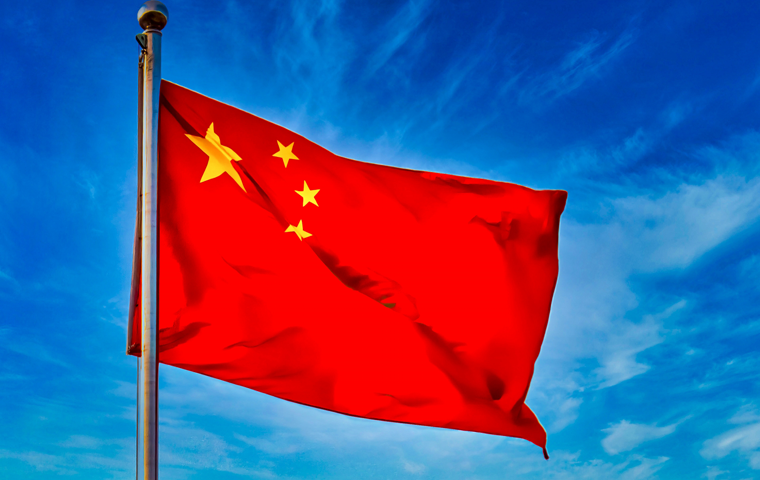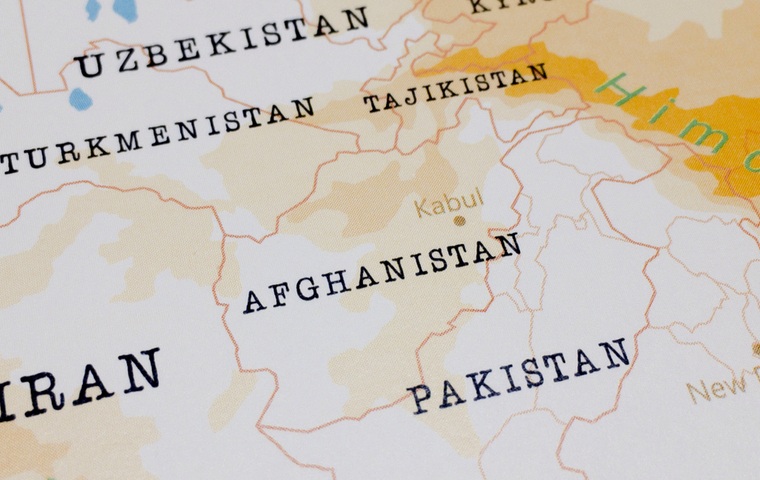Ishiba’s G7 Debut: Diplomacy at the Crossroads of Continuity and Change
Related Articles
Dawn of a New Era: Prime Minister Ishiba Faces Japan’s Course at His First G7 Summit
In June 2025, Prime Minister Shigeru Ishiba will make his debut on the global stage at the G7 Summit held in Canada. For Japan’s new leader, this summit will serve as the first litmus test of his diplomatic direction. The geopolitical challenges inherited from former Prime Minister Fumio Kishida have not subsided — rather, they have grown increasingly complex and severe. Ishiba will be tested on how skillfully he can integrate his own vision into the G7’s collective unity while maintaining the diplomatic legacy of his predecessor.
In recent years, the G7 has transformed dramatically — from a forum primarily focused on economic issues into the world’s foremost decision-making body for addressing geopolitical threats confronting major democratic nations. The 2024 summit in Puglia, Italy, clearly reflected this shift. The agenda centered on the war in Ukraine, security in the Indo-Pacific, countering economic coercion, and strengthening ties with the so-called “Global South.” Even discussions of economic policy were framed within the context of geopolitical competition.
This evolution aligns with the philosophy of maintaining a “free and open international order based on the rule of law,” a principle consistently championed by former Prime Minister Kishida since the Hiroshima Summit. He placed “human dignity” as the moral foundation of diplomacy, a universal value that underpinned G7 consensus from Ukraine to the Indo-Pacific. Thus, Ishiba will not start from scratch; rather, he must build his own policies upon a clearly defined strategic foundation laid by his predecessor.
As a security policy expert, Ishiba’s participation in the G7 will draw intense global attention — both for continuity and for change. His success will be judged less by his economic proposals than by how effectively he can contribute to collective strategies that preserve democratic solidarity and counter challenges from authoritarian states.
Ukraine Support and Sanctions on Russia: “Continuity” and “Deepening”

The most urgent security issue confronting the Ishiba administration at the G7 will be the ongoing Russian invasion of Ukraine. The 2024 Puglia Summit marked a turning point, signaling a new phase in the G7’s strategy. Its most notable achievement was the agreement to establish a new fund of approximately $50 billion (about ¥7.8 trillion) for Ukraine, financed by the profits generated from frozen Russian central bank assets.
This move aims to counter the growing “aid fatigue” seen in some countries and to create a sustainable support mechanism less vulnerable to domestic political shifts. It represents a transition from ad hoc fiscal aid to a systematic strategy designed to contain Russia’s war economy over the long term.
Japan also signed a bilateral security cooperation document committing to a decade-long partnership with Ukraine — a clear statement of unwavering engagement. This document envisions not only financial and reconstruction support but also the provision of non-lethal defense equipment, marking a significant step forward in Japan’s security policy.
Furthermore, the G7 agreed to tighten enforcement against sanctions evasion, targeting third-country entities based in China, India, and the UAE that support Russia’s military-industrial complex. Japan expressed its intention to consider a new sanctions package, underscoring the G7’s united front.
For Ishiba, the question is no longer whether to support Ukraine, but how to “continue” and “deepen” this established framework. Kishida justified Japan’s proactive involvement under the belief that “today’s Ukraine could be tomorrow’s East Asia.” As a result, Japan provided drone detection systems and pledged to host an international conference on demining in 2025. Under Ishiba’s leadership, this trajectory may accelerate further — through enhanced intelligence sharing to monitor sanctions evasion, expanded cooperation in cybersecurity to protect Ukraine’s critical infrastructure, and potential contributions of Japan’s advanced dual-use (civil-military) technologies.
Geopolitics in the Indo-Pacific: Rethinking China Strategy and Economic Security
Alongside Ukraine, another central pillar of Ishiba’s G7 diplomacy will be managing relations with China — Japan’s greatest geopolitical challenge. The 2024 Puglia Summit reaffirmed the G7’s shared stance that “any unilateral attempt to change the status quo by force in the Indo-Pacific is unacceptable,” demonstrating that Japan’s regional concerns have become a collective priority. Kishida’s principle that “security in Europe and the Indo-Pacific is inseparable” is now firmly embedded in G7 doctrine.
This consensus reflects a sophisticated recalibration of China strategy through the lens of economic security. G7 leaders agreed to work together to address non-market policies, overcapacity, economic coercion, and to strengthen supply chains for critical minerals and advanced technologies.
The G7’s approach has evolved into a comprehensive non-military containment strategy — one that seeks to limit China’s strategic influence through economic, technological, and normative means while avoiding direct military confrontation. Specifically, efforts focus on “de-risking” — reducing dependence on any single country for strategic resources such as semiconductors and critical minerals, thereby curbing China’s leverage through economic interdependence.
In addition, by taking the lead in establishing international governance norms for emerging technologies such as AI, the G7 aims to build a value-based defense line against China’s model of technological authoritarianism.
For Ishiba, the challenge lies in reconciling this strong G7 consensus with Japan’s national interests. His expertise in security enables him to speak convincingly on military risks within the G7, bolstering unity. However, Japan’s deep geographical and economic interdependence with China cannot be ignored. Full “decoupling” is unrealistic; therefore, Ishiba’s leadership will hinge on whether he can steer a precise and pragmatic “de-risking” policy — accelerating supply chain realignment in sensitive sectors while maintaining broader economic ties. The success or failure of this diplomatic balancing act will greatly determine the Ishiba administration’s reputation within the G7.
Partnership with the Global South and AI Governance: Japan’s New Diplomatic Frontier

Amid escalating geopolitical tensions, Japan has the potential to exert unique leadership beyond the G7 framework in two key areas: strengthening partnerships with the Global South and shaping governance for advanced technologies such as AI. These will be crucial themes for Prime Minister Ishiba in crafting Japan’s new diplomatic value and legacy.
At the 2024 G7 Summit, the Global South — particularly African nations — was framed not as a mere aid recipient but as a “partner for shared growth.” Japan led discussions by emphasizing its long-standing commitment to “listening to Africa’s voice,” cultivated through over 30 years of the Tokyo International Conference on African Development (TICAD). This approach offers a value-based alternative to China’s Belt and Road Initiative and Russia’s expanding influence.
The G7’s model promotes partnerships grounded in democracy and the rule of law, aiming to foster genuine development through sustainable infrastructure investment. Ishiba must demonstrate through action that this value-driven model can deliver more tangible and lasting benefits than those offered by authoritarian powers.
Another vital arena is AI governance. The “Hiroshima AI Process,” initiated under Kishida, was carried forward at the Puglia Summit, reaffirming the importance of building international rules for “safe, secure, and trustworthy AI.” Japan has consistently advocated for balancing innovation and regulation.
The Ishiba administration can make a distinctive contribution by integrating AI governance, Japan’s clean energy vision, and its Global South development partnerships into a unified diplomatic package. The 2024 summit highlighted the surge in electricity demand driven by AI adoption — a challenge that many developing nations face amid persistent digital and energy gaps.
Here lies Japan’s opportunity: through its “Asia Zero Emissions Community (AZEC)” initiative, Japan can help develop clean energy infrastructure, enabling AI-driven economic growth powered by sustainable energy, all within the ethical framework of the Hiroshima AI Process. This comprehensive cooperation model — combining Japan’s technological strength, normative leadership, and decades of development experience — could become a hallmark of Ishiba’s G7 leadership and a defining achievement of his foreign policy.



